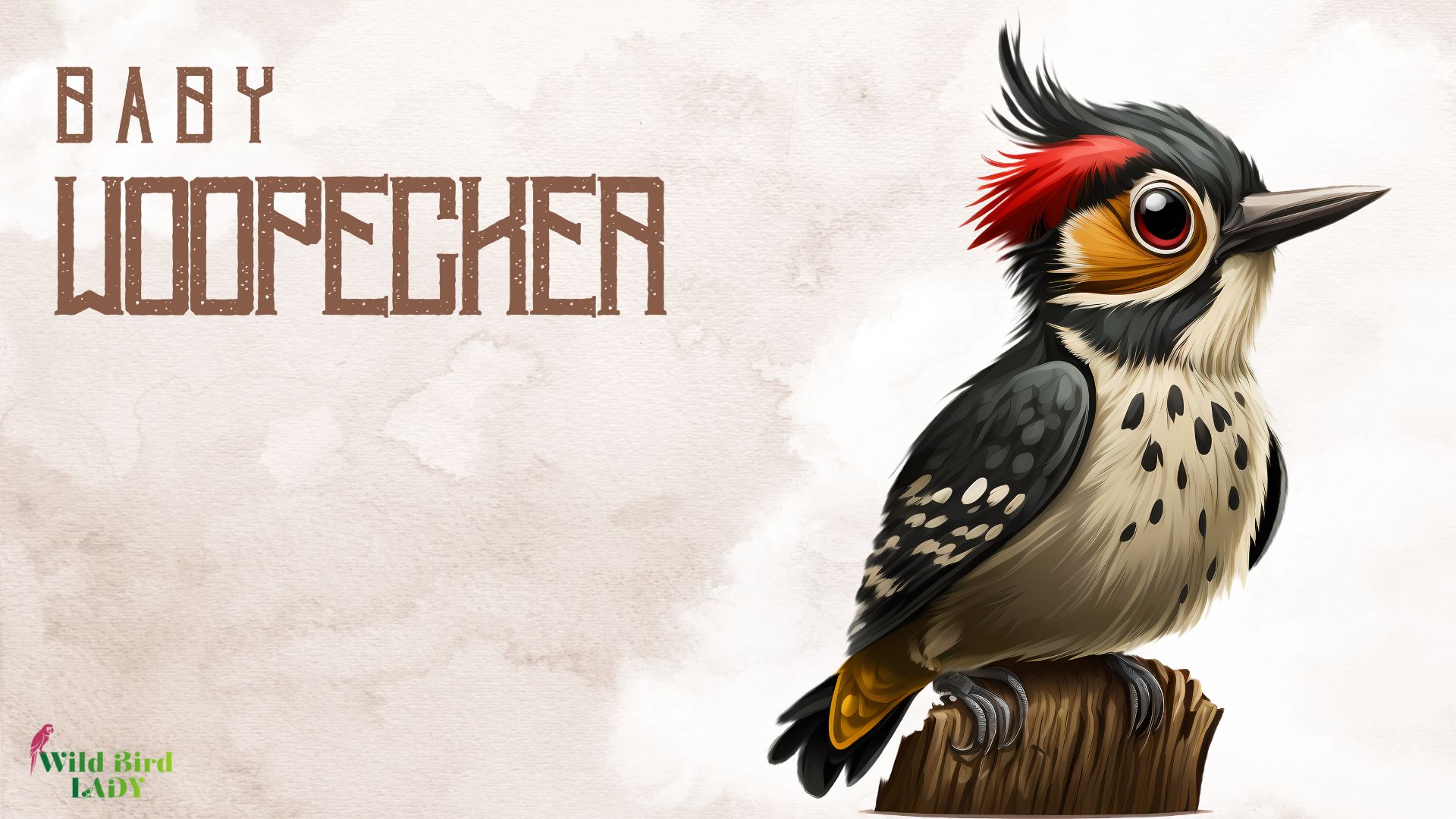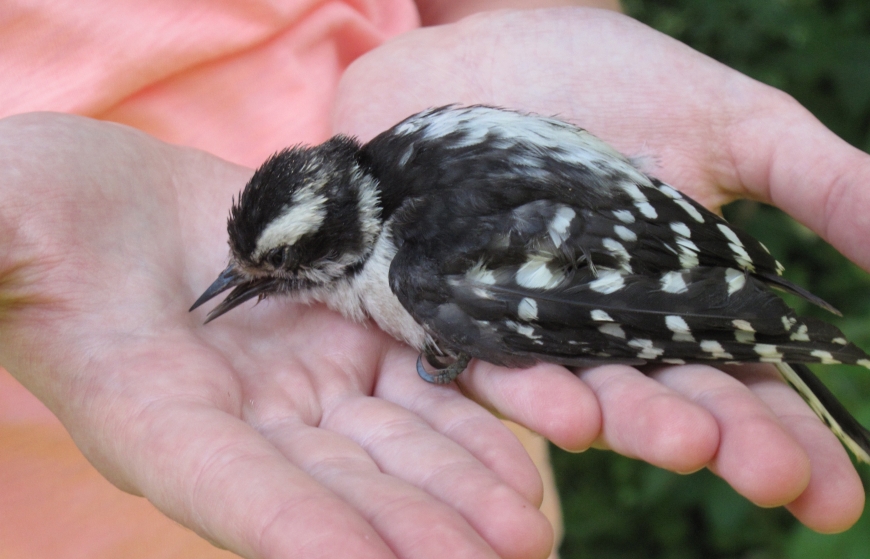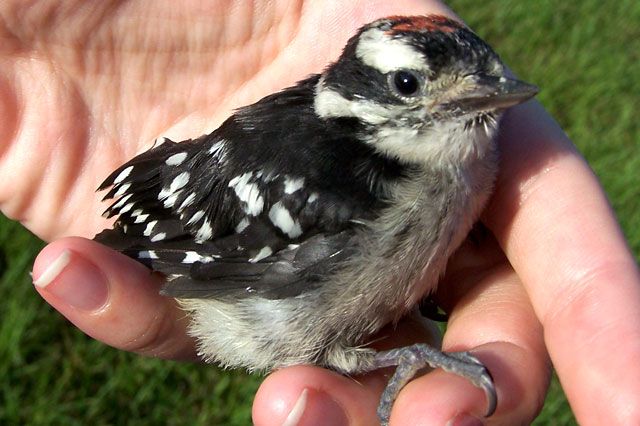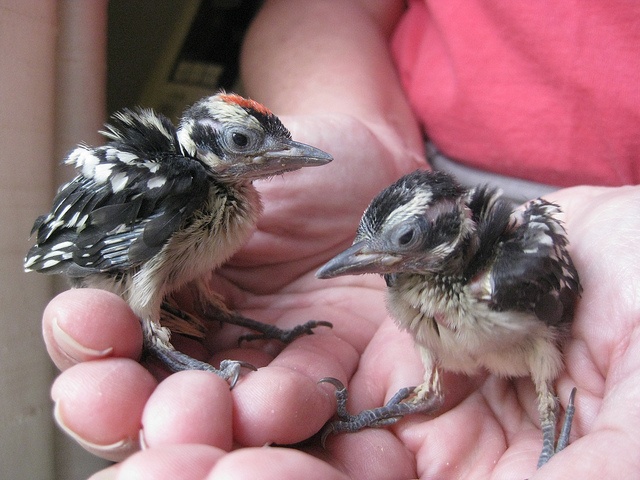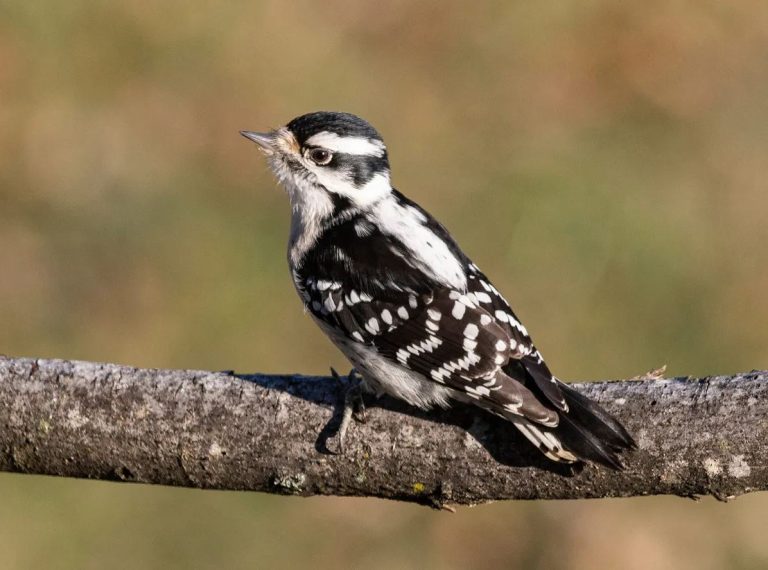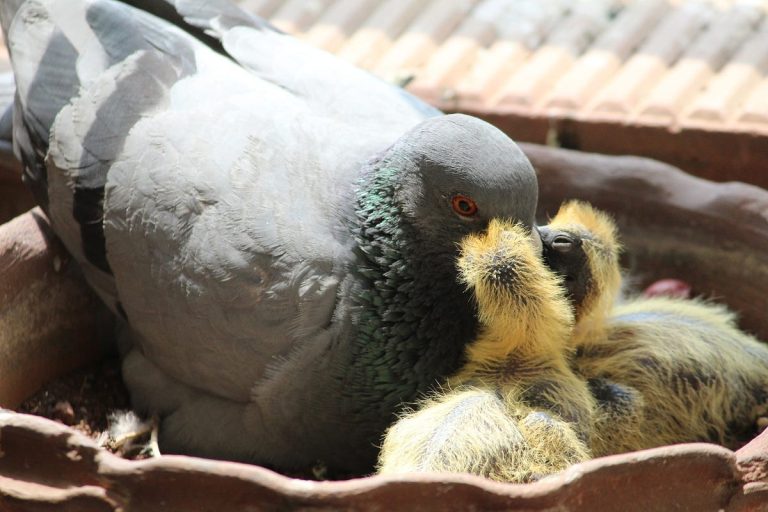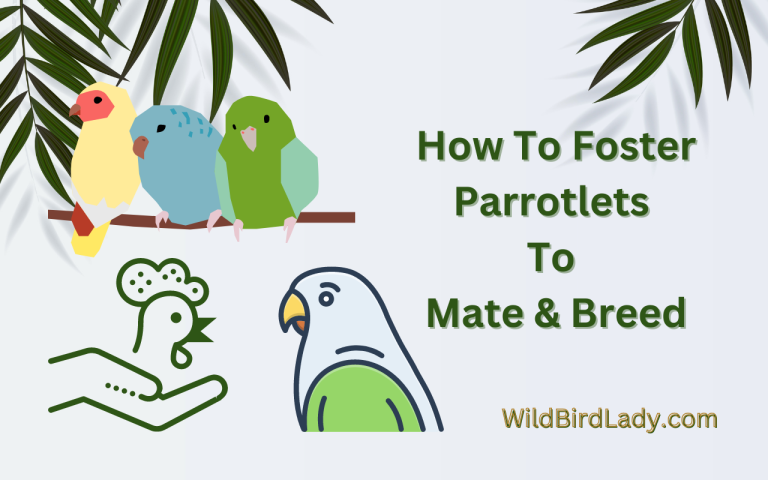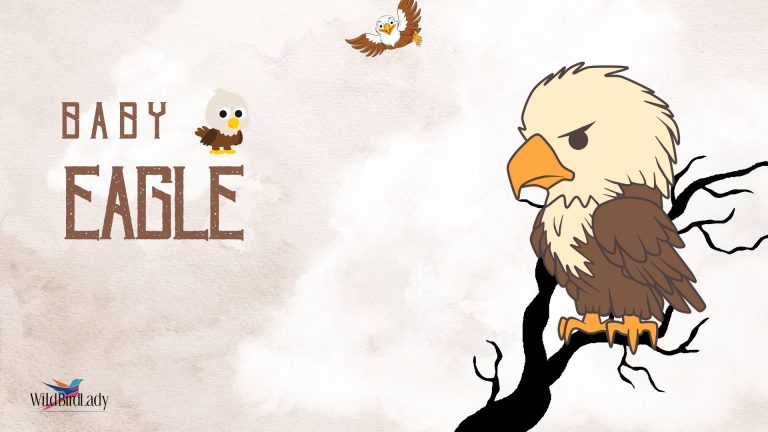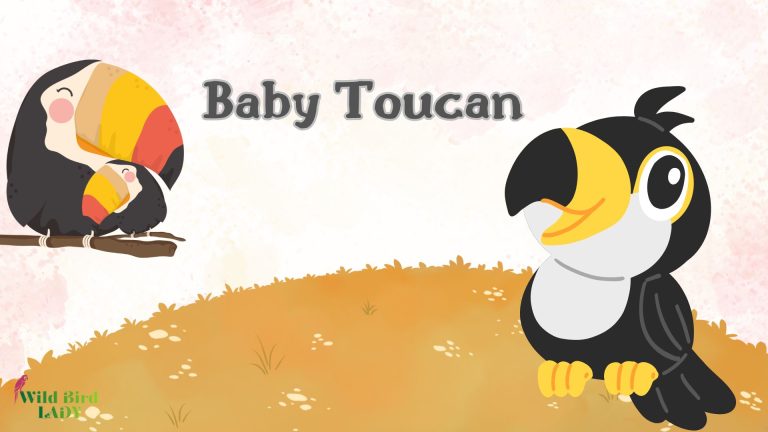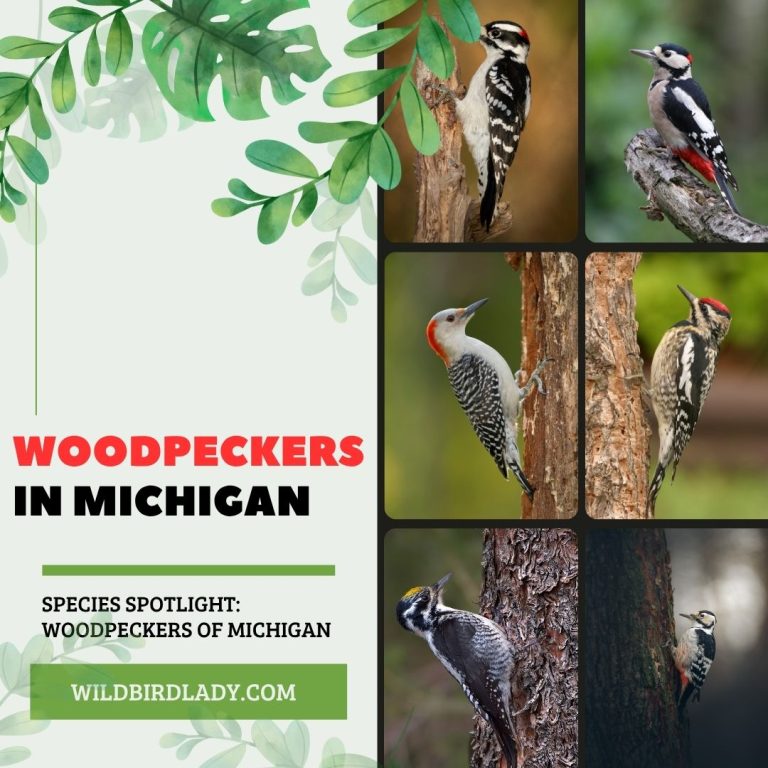Baby Woodpeckers 101: What They Look Like, Eat, and How to Help Them Thrive
By Rifat Ahmed – Birdwatching Expert with 13 Years of Field Experience
As someone who has spent more than a decade observing woodpeckers in the wild and in my own backyard, I can tell you firsthand—baby woodpeckers, or juvenile woodpeckers, are some of the most fascinating young birds you’ll ever encounter. From their awkward early days in tree cavities to their bold, noisy calls demanding food, these chicks are full of personality.
In this guide, we’ll explore everything you need to know about baby woodpeckers—from what they look like, to what they eat, and how you can help them survive and thrive. Whether you’ve spotted a young woodpecker near your home or you’re just curious about their life stages, this article is for you.
What Does a Baby Woodpecker Look Like?
Baby woodpeckers undergo significant transformations during their early life stages. Here’s a breakdown of what to expect at each stage.
Hatchlings (0–7 Days Old)
When woodpeckers first hatch, they’re altricial—completely helpless and blind. Their bodies are featherless, pink, and wrinkled. At this stage, they are fully dependent on their parents for warmth, protection, and food.
Nestlings (1–2 Weeks Old)
By the end of the first week, baby woodpeckers begin developing pinfeathers (tiny sheaths of future feathers). Their eyes open, and they start to show some jerky movements in the nest. Despite their growth, they still rely entirely on their parents, especially for warmth and feeding.
Fledglings (2–4 Weeks Old)
This is when things get really exciting. Around 3–4 weeks old, the juvenile woodpecker becomes a fledgling—almost fully feathered but still smaller than adults. You may notice them poking their heads out of the nest hole, eagerly chirping for food.
Most species fledge (leave the nest) around 24 to 30 days after hatching. Their first flights are clumsy, and they often stick close to the nest for a few more weeks, being fed by parents and learning to forage.
📌 Fun Fact from All About Birds: “Downy Woodpecker nestlings typically fledge at 20–25 days but may stay with their parents for another three weeks, learning to forage on bark and branches.”
Juvenile Woodpeckers (4 Weeks and Older)
After fledging, young woodpeckers enter the juvenile stage. They now look similar to adults but with subtle differences. For example:
- Juvenile Downy Woodpeckers may have a red patch on the crown instead of the nape.
- Juvenile Red-bellied Woodpeckers often show duller plumage.
- Juvenile Pileated Woodpeckers are nearly as large as adults but appear scruffier.
At this point, they’re learning to drum, forage for insects, and even carve out their own tiny cavities in soft wood.
What Do Baby Woodpeckers Eat?
Feeding is critical for the rapid development of baby woodpeckers. Their diet evolves with age and species, but here’s what they generally eat:
Hatchlings & Nestlings
During the first 2–3 weeks, baby woodpeckers are fed almost exclusively by both parents. Their diet consists of:
- Soft insects (beetle larvae, ants, caterpillars)
- Regurgitated insect mash
- Occasionally small bits of fruit or suet (in some species)
Woodpecker parents forage frequently—sometimes hundreds of times a day—to keep their chicks fed.
📌 According to All About Birds, “Red-headed Woodpeckers feed their young mostly insect larvae during the nesting period, switching to more fruits and nuts after fledging.”
Fledglings and Juveniles
Once out of the nest, juvenile woodpeckers begin learning to find food on their own. They’re taught to:
- Peck tree bark for insects
- Catch ants or beetles on leaves
- Visit suet feeders (if near human habitation)
- Sample fruits, seeds, and even nuts
Species like the Northern Flicker, for example, feed on ants and ground insects even in their youth.
Where Do Baby Woodpeckers Live?
Baby woodpeckers begin life in a very specialized home: a tree cavity carefully carved out by their parents. Unlike many birds that build nests of twigs or grass in open branches, woodpeckers are primary cavity nesters, meaning they chisel out their own nesting chambers in trees—most often in dead or decaying wood where excavation is easier.
Nest Construction: A Masterpiece of Avian Engineering
Both the male and female typically share the task of building the nest, a process that can take anywhere from 1 to 3 weeks depending on the species and condition of the wood. Using their strong, chisel-like beaks, they dig vertically into the trunk or limb of a tree, creating a tunnel that leads to a wider nesting chamber.
Key nest characteristics include:
- Depth: Typically ranges from 6 to 18 inches, though Pileated Woodpeckers can carve cavities as deep as 24 inches.
- Entrance hole: Generally 1 to 2 inches in diameter, just large enough for adults to enter but small enough to deter predators.
- Lining: Unlike many birds, woodpeckers don’t use twigs or feathers. The chamber floor is cushioned with fresh wood chips, a byproduct of the excavation process, which provides insulation and comfort for the chicks.
🪵 Interesting Note: According to All About Birds, Downy Woodpeckers often return to the same area year after year, and may even renovate old nesting cavities, though they usually build a new one each breeding season.
These nests are often built high off the ground—10 to 30 feet up, depending on the tree and the woodpecker species—to reduce the risk of predation from snakes, raccoons, and other cavity-raiding animals.
Preferred Nesting Sites
- Dead trees (snags) are ideal because the wood is softer and easier to excavate.
- Decaying limbs on live trees are also used, especially in mature forests.
- In urban or suburban areas, some species adapt by nesting in utility poles, fence posts, or nest boxes designed specifically for woodpeckers.
Woodpeckers are territorial about their nest sites and may aggressively defend their cavities from invaders, including other birds such as starlings and owls.
Nesting Season: When Do Baby Woodpeckers Hatch?
In most parts of North America, the woodpecker nesting season begins in early spring (April) and runs through mid-summer (July). The exact timing varies by region and species, but here’s a general breakdown:
- April–May: Nest excavation and egg-laying
- May–June: Incubation and hatching
- June–July: Chicks grow rapidly inside the nest cavity
- Late May to August: Fledging occurs, with young birds leaving the nest
Most woodpeckers lay 3 to 8 eggs, and both parents take turns incubating them for 11 to 14 days. Once hatched, the chicks remain inside the nest for about 3 to 4 weeks, receiving constant care and feeding before they fledge.
📅 Rifat’s Tip: If you’re trimming trees or doing yard work in spring, be cautious—you could accidentally disturb an active woodpecker nest. It’s best to schedule heavy pruning for fall or winter, well outside the breeding window.
How Long Do Baby Woodpeckers Stay With Their Parents?
Juvenile woodpeckers typically remain with their parents for 2–3 weeks after fledging. During this period, they:
- Receive supplemental feeding
- Learn survival skills (foraging, drumming, predator avoidance)
- Imitate adult behaviors
By the time they are 6–8 weeks old, most juvenile woodpeckers become independent and may begin seeking their own territory.
Common Types of Baby Woodpeckers in North America
Here are a few of the most common species you might encounter:
Downy Woodpecker (Dryobates pubescens)
- Smallest North American woodpecker
- Hatchlings fledge in ~20 days
- Juveniles show red cap (males)
Hairy Woodpecker (Dryobates villosus)
- Larger than Downy, but similar appearance
- Nests in deep tree cavities
- Juveniles resemble adults with duller markings
Red-bellied Woodpecker (Melanerpes carolinus)
- Common in eastern U.S. forests
- Babies have grayish heads
- Juveniles drum more quietly than adults
Northern Flicker (Colaptes auratus)
- Ground-feeding woodpecker
- Juveniles may look puffier and paler
- Often found nesting in dead trees near open fields
How to Help Baby Woodpeckers Thrive
Whether you’re a backyard birder or a wildlife enthusiast, there are several ways you can support baby woodpeckers and juvenile woodpeckers as they grow.
✅ Provide Natural Nesting Habitat
- Leave dead trees (snags) standing when safe
- Avoid pruning during nesting season
- Offer nest boxes designed for woodpeckers (especially in urban areas)
✅ Offer Proper Food Sources
- Set up suet feeders, especially in spring
- Plant native berry-producing trees and shrubs
- Avoid pesticides that reduce insect populations
✅ Keep Cats and Predators Away
- Keep pets indoors during nesting season
- Use baffles on birdhouses and feeders
- Monitor for invasive species like European Starlings that can steal cavities
✅ Avoid Tree Trimming in Nesting Season
- Most woodpeckers nest between April–July
- Trim trees in late fall or winter to prevent disturbing active nests
✅ Support Conservation Efforts
- Advocate for woodland and wetland protection
- Support organizations like the Cornell Lab of Ornithology, which researches woodpecker populations
What to Do If You Find a Baby Woodpecker
If you find a baby woodpecker outside the nest, follow these steps:
- Observe From a Distance: The parents may still be nearby.
- Do Not Feed It: Improper food can cause harm.
- Check for Injury: If injured or cold, contact a local wildlife rehab center.
- Return to Nest if Safe: If the nest is reachable and undisturbed, gently place the baby back.
- Use a Makeshift Nest: If the cavity is damaged, a small basket or box near the original nest can help temporarily.
📝 According to All About Birds, “Birds have a limited sense of smell, so they won’t abandon chicks handled briefly by humans.”
Final Thoughts from the Field
Having observed countless fledglings clumsily take their first flights, I can say that baby woodpeckers are remarkably resilient. But they also need our help—from conserving habitats to reducing unnecessary disturbances. Whether you’re a backyard birder or a curious nature lover, taking small actions can make a big difference in helping these charismatic birds thrive.
Read also: How Long Do Woodpeckers Live? A Complete Guide to Their Lifespan and Survival
FAQs About Baby Woodpeckers
How long does it take for a baby woodpecker to fly?
Most woodpeckers fledge within 20–30 days after hatching, though they may remain with parents for up to three weeks longer.
Can I keep a baby woodpecker as a pet?
No. Woodpeckers are protected under the Migratory Bird Treaty Act, making it illegal to keep them without proper permits.
Do baby woodpeckers drum like adults?
Juveniles may begin practicing drumming shortly after fledging, but their taps are softer and less rhythmic.
Why is a juvenile woodpecker pecking my siding?
Young woodpeckers often explore surfaces. This behavior usually fades as they mature and find natural drumming or feeding spots.

